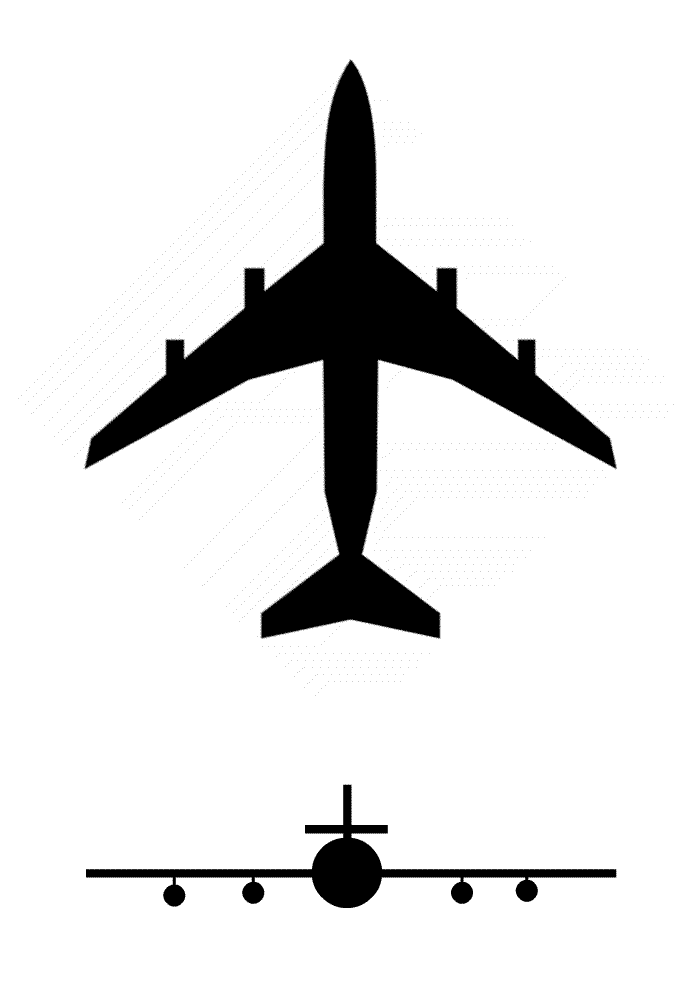

A Southwest Airlines jet was damaged during a flight last month after it experienced an unusual maneuver called a Dutch roll.
Flight 746 was en route from Phoenix to Oakland on May 25 when the incident occurred.
According to the Federal Aviation Administration, the plane sustained “substantial” damage to its tail section as a result of the maneuver, although it was able to complete the flight. The damage was only discovered during a post-flight inspection. The rudder’s standby power control unit (PCU) was damaged. The standby PCU is a backup system in case the main rudder power unit becomes inoperable. No injuries were reported as a result of the maneuver.
Tracking data from FlightAware shows that the aircraft, a Boeing 737 Max 8, registered N8825Q, was sent back to Boeing on June 6.
Boeing referred to Southwest for comment, and Southwest referred to the FAA and National Transportation Safety Board.
The FAA said it is working with the NTSB and Boeing to investigate the incident.
The NTSB did not immediately respond to a request for comment.
What is a Dutch roll?
A Dutch roll is an airplane maneuver that involves simultaneous yaw (side-to-side motion across a flat horizontal plane) and roll (see-saw motion over a horizontal plane).
“Dutch roll is an oscillatory motion characterized by a combination of rolling and yawing of an aircraft. It typically arises when the combination between the lateral (roll) and directional (yaw) dynamics of the aircraft are out of balance,” Ken Byrnes, assistant dean and associate professor of aeronautical science, and chairman of the Flight Department at Embry-Riddle Aeronautical University, told USA TODAY in a written statement.
“In Dutch roll, the aircraft experiences a rolling motion primarily driven by the design (dihedral effect) of the wings, while simultaneously yawing due to the adverse yaw effect caused by the sideslip angle. This coupled motion results in a dynamic instability where the aircraft oscillates in both roll and yaw directions,” Byrnes said.

Dutch rolls are farely rare in commercial aviation.
“The opportunity for Dutch roll is usually lessened in the design of the aircraft,” Byrnes said. “If it occurs, pilots often mitigate Dutch roll using various control inputs, but most large aircraft have a system that is designed to automatically counteract it called a yaw dampener.”
The movement can stress the airplane fuselage and cause damage as it did in the Southwest incident. Dutch roll incidents have previously caused planes to break apart inflight.
Zach Wichter is a travel reporter for USA TODAY based in New York. You can reach him at zwichter@usatoday.com.
This article originally appeared on USA TODAY: FAA, NTSB investigate Southwest Airlines ‘Dutch roll’ incident
EMEA Tribune is not involved in this news article, it is taken from our partners and or from the News Agencies. Copyright and Credit go to the News Agencies, email news@emeatribune.com Follow our WhatsApp verified Channel









